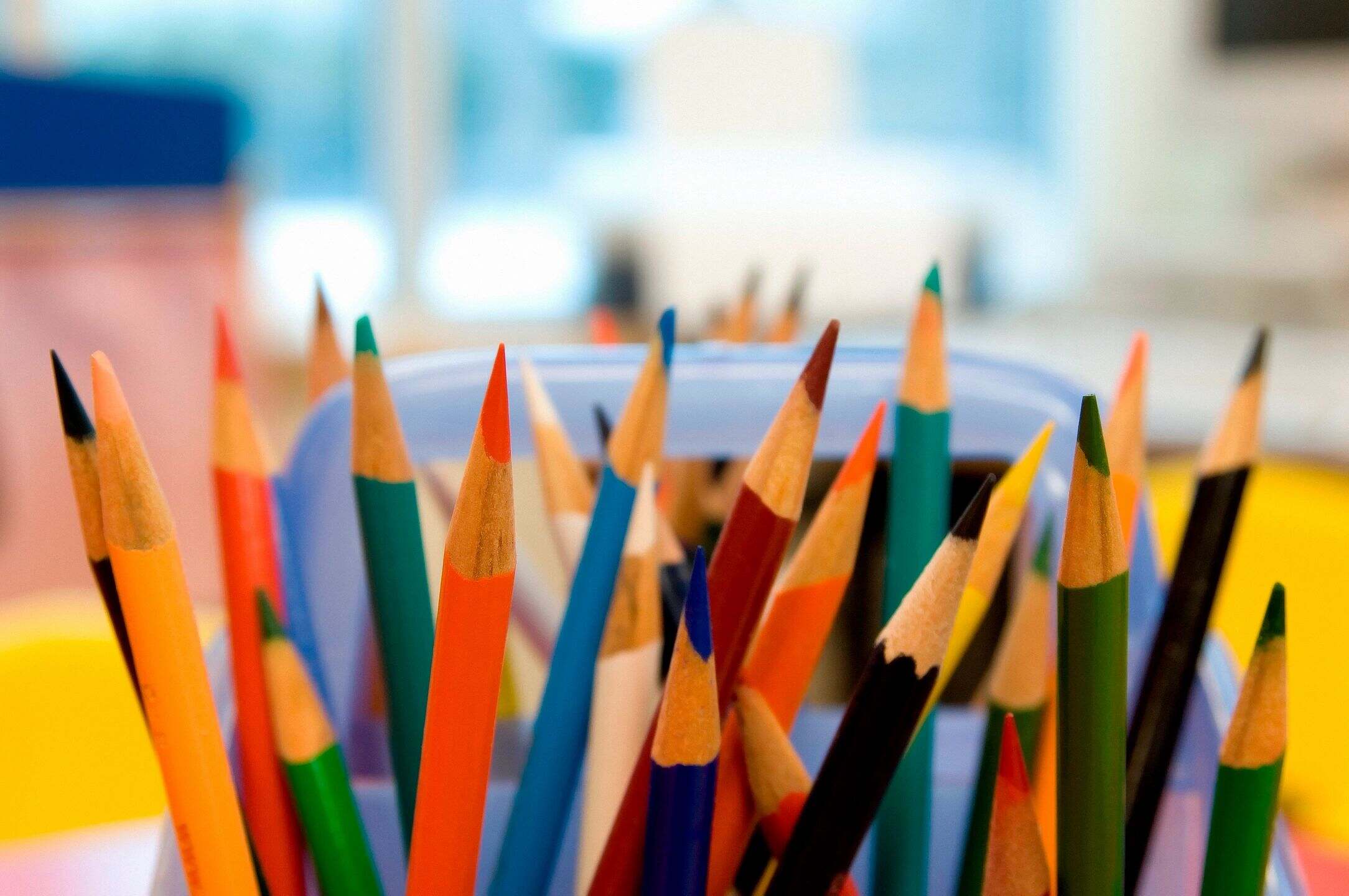Your cart is currently empty!

Is Adult Coloring for You?
Adults have their own coloring books now, and they may be therapeutic. Some studies show that coloring helps to relieve stress and anxiety and even produces positive changes in heart rates and brain waves.
While fans are enthusiastic, some experts are a bit more cautious. There is strong evidence to support the effectiveness of art therapy for helping patients to manage serious conditions, including cancer and addictions. On the other hand, adult coloring books have been popular for only about 5 years, so less is known about them.
Could coloring help you deal with routine daily pressures? Before you break out the crayons or colored pencils, find out more about this growing hobby.
Benefits of Adult Coloring
-
- Promote mindfulness. Coloring can help you to put aside regrets about the past and concerns about the future as you focus on what you’re doing in the present moment. In that sense, it does have positive effects similar to meditation.
- Think positive. Shifting your attention away from overdue bills and noisy neighbors can feel good. Your mood brightens as you contemplate pretty colors and interesting pictures.
- Find balance. Any offline hobby that allows you to take a break from technology is a bonus these days. Studies show that checking social media or phone messages too frequently contributes to anxiety.
- Enjoy flexibility. Compared to other hobbies, coloring is inexpensive and portable. You can do it waiting at the airport or sitting in a coffee shop.
- Start small. Another major advantage to coloring is that it requires no significant skills to succeed. If you felt like an underachiever in high school art classes, you can still color between the lines.
How to Make Coloring Therapeutic
-
- Look for patterns. Repetition, pattern, and detail seem to be the key elements. Studies show that coloring mandalas and geometric shapes is more soothing than working on unstructured designs.
- Explore different themes. Adult coloring books offer a wide range of topics. Pick something that interests you, whether it’s science fiction or architecture.
- Share your work. Add a social aspect. Frame your favorite masterpieces and put them on display for friends to see. Post images and comments on social media. Throw a party or color side-by-side with your children.
- Have fun. However you color, think of it as playtime. Let go of expectations and enjoy the process.
Additional Tips
-
- Consider art therapy. If you’re dealing with serious issues, art therapy may provide more relief than just coloring. That’s because you interact with a trained counselor and you make your own original works.
- Express yourself. Of course, trauma isn’t the only reason for creating art. You can learn more about yourself and communicate with others through drawing, painting, and other methods.
- Continue your education. You may be more creative than you think. Sign up for a sculpture class or join a Meetup group where you can share feedback with other budding artists. Check the event listings at your local museum for lectures and hands-on activities.
- Practice meditation. If you use coloring to promote mindfulness, you might want to deepen your experience with other forms of meditation. Try sitting for a brief period each day and working your way up to longer sessions.
- Remember your childhood. Coloring seems to be especially effective with adults who previously enjoyed it as children. Maybe there are other youthful pastimes you want to revive like playing piano or baking cookies.
Coloring is an inexpensive and easy hobby that can help you relax. Whether you stick with putting the finishing touches on someone else’s designs or move on to creating your own works, you can use art to increase your mindfulness and find more peace.






